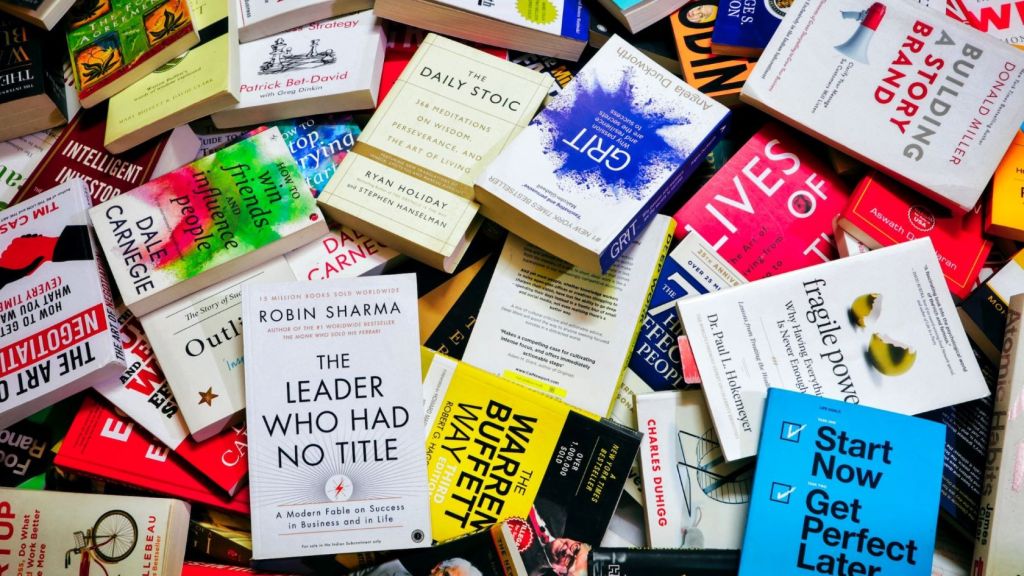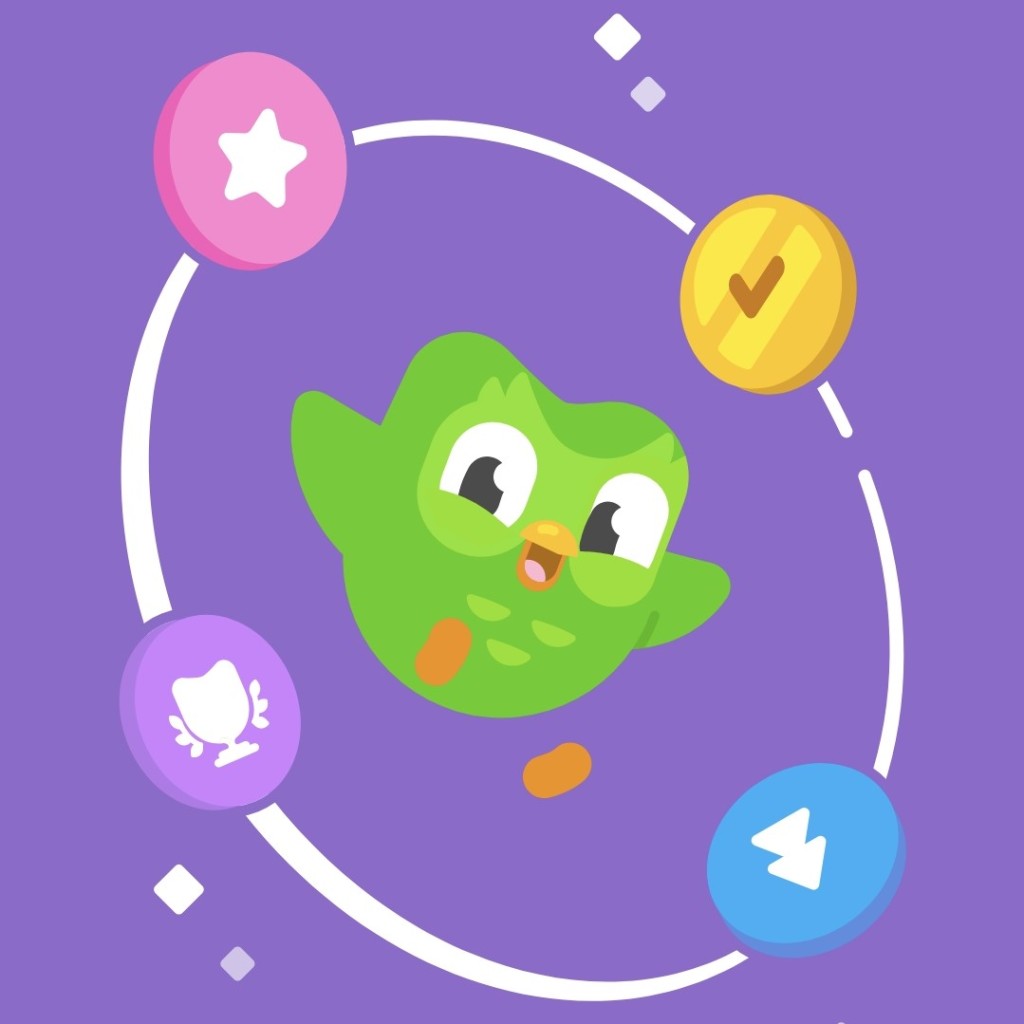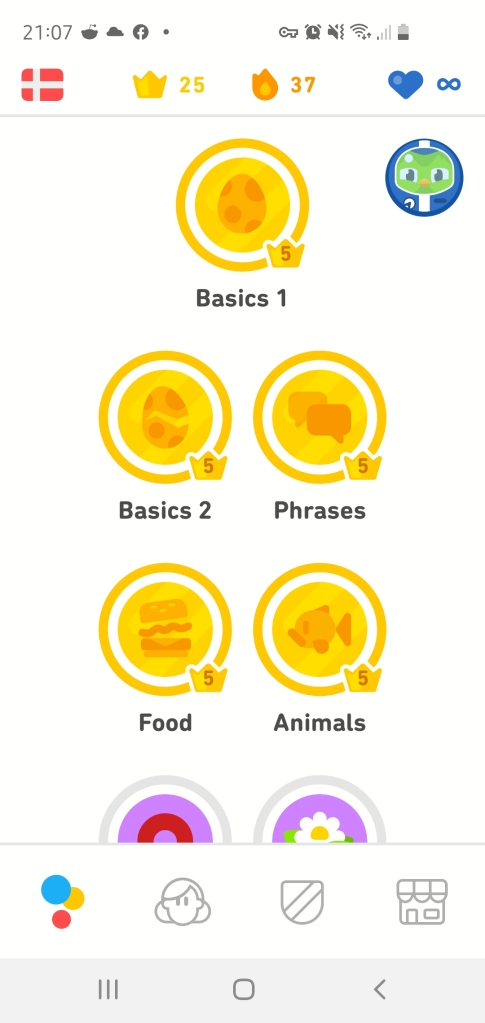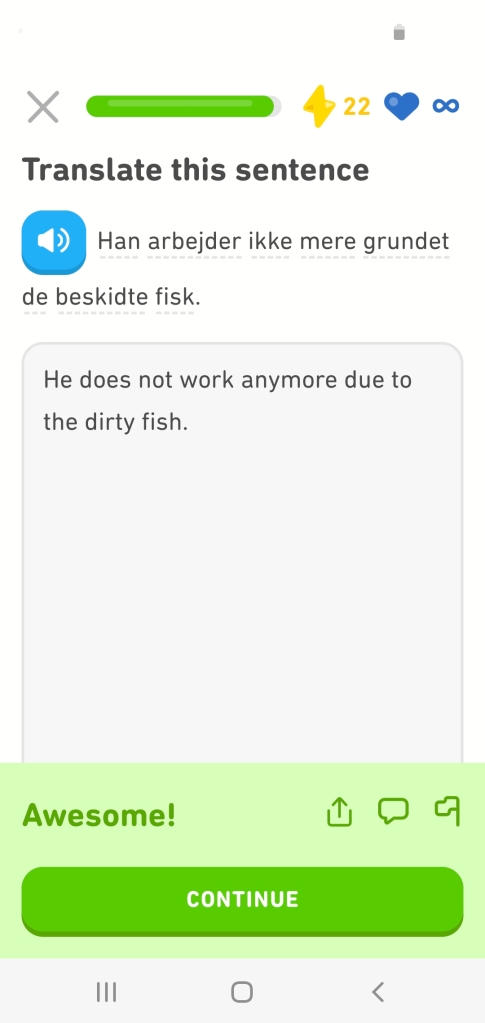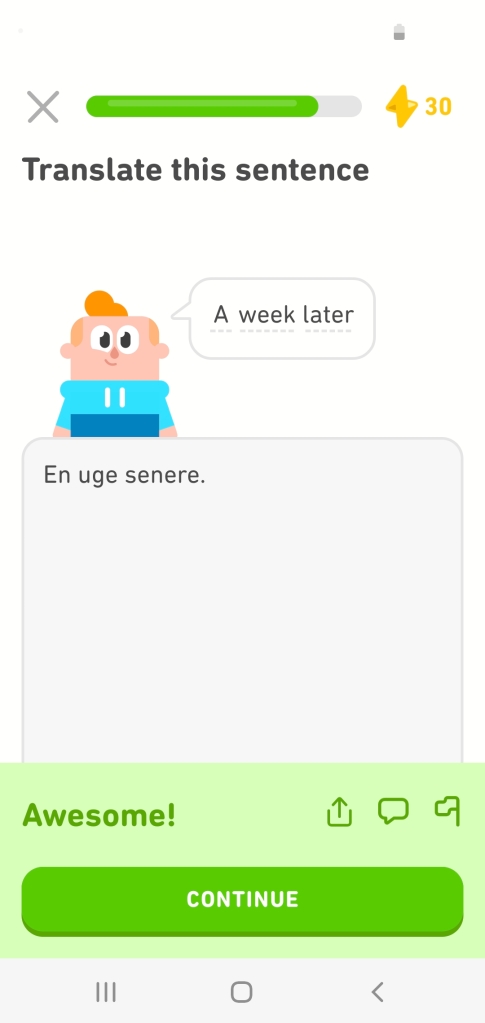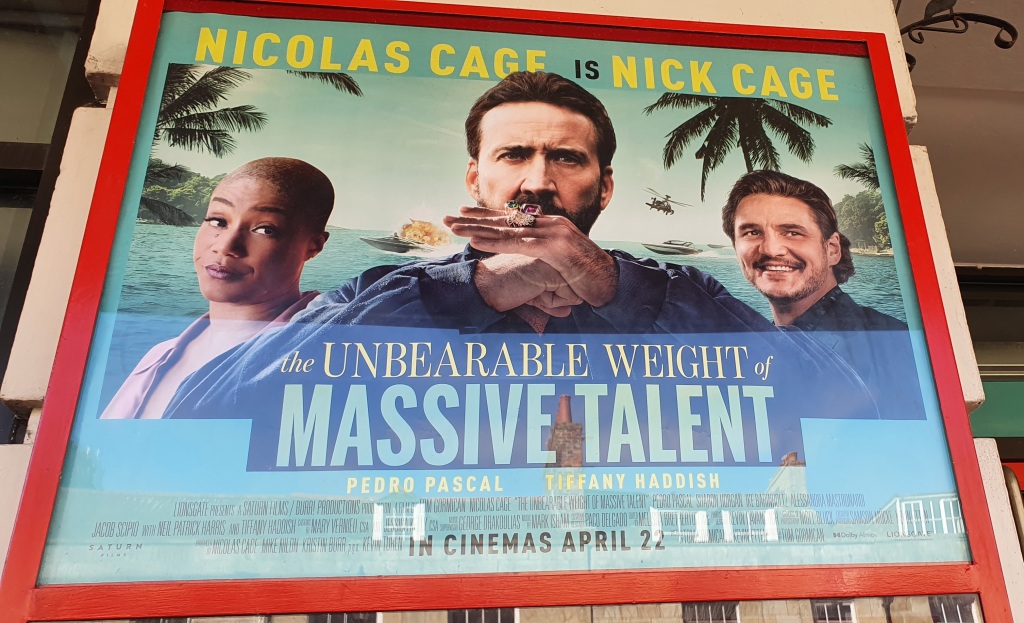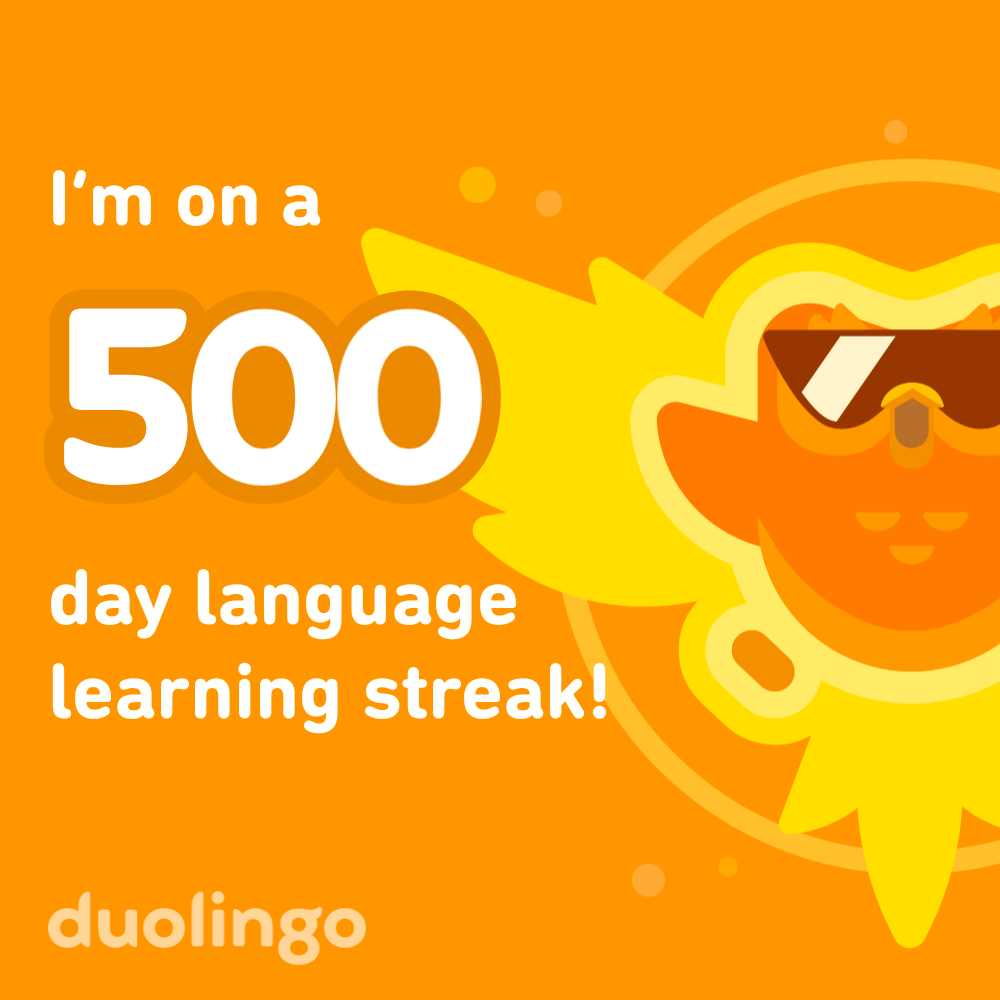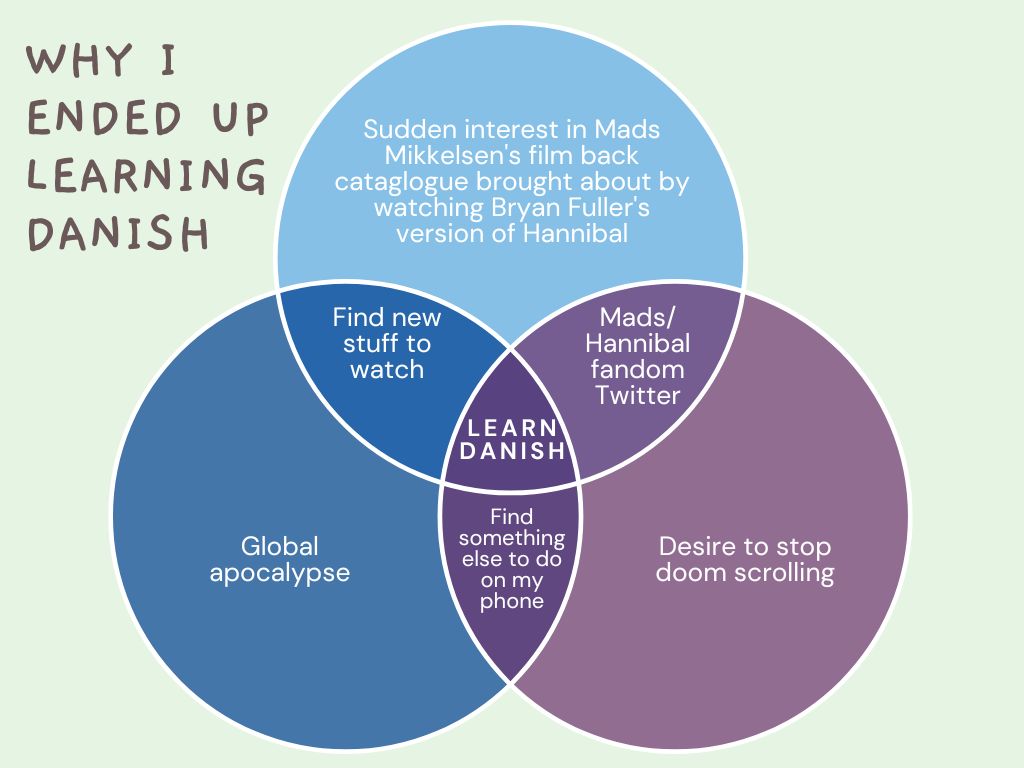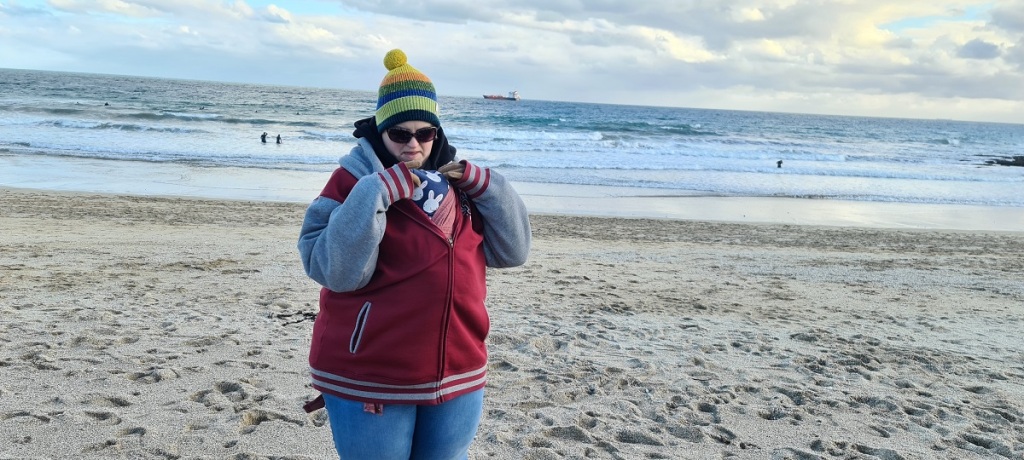
What baby sleeping bag tog to clothing amount should your baby have when their room is 22C. Or 18C? Should you just have them in a nappy if it’s 26C in their room? Is it best to use baby sleeping bags or loose-fitting baby blankets?
My search Google search history was full of questions like this until I recently purged it. Finding answers to those questions and myriad of others since becoming a parent has been, generally a nightmare. Why? Because information for new parents is a f**king mess.
I have been drowning in a swamp of information.
It started in pregnancy
All in fairness though, obtaining sensible information about anything was already a struggle back when I was pregnant. The number of things I was considering buying or using that would contain a warning like “Please consult with your doctor before…” was staggering and by that point, I just wouldn’t bother buying or using the thing.
One such thing was a bag of bath salts I obtained by signing up for an online pregnancy pilates plan. Nearly every bit of advice I found through searching online said to talk to your doctor before using bath salts to relieve aches and pains.
But I had the equivalent of bath salts-related questions more than three times a week. If you take into account the average wait time for most England-based patients to get through on the phone to their NHS-funded doctors’ surgery (general practice, to my dear North American readers)… Well, I would have spent a ridiculous amount of time on the phone waiting to get in touch with my actual GP.
(The bath salts in question are still unused and I should probably just give them a go sometime after a workout now that I’m not pregnant.)
As a parent, I now have even more questions
Aside from tog versus clothing choices versus room temperature, a whole host of baby and parenting questions scramble in my head for answers daily. Here in England, you’re told you can call your health visitor (a type of specialist community nurse) or your GP when you have a baby or young child and need questions answered. Picking which is the right one to call can be a challenge in and of itself as it depends on the mix of the child’s health and safety versus immediate need, with danger to life being a 999 call for an ambulance anyway.
But when my baby was a few months old, I was concerned she wasn’t sleeping enough. The bags under her eyes every day were quite something.
I left a message for my health visitor.
It took three weeks for them to call me back, by which point I wasn’t sure if my daughter was still having sleep problems or not.
There was also the challenge of figuring out how much milk (roughly per day) my daughter should be drinking after we had to move to formula as I couldn’t breastfeed. No one was really able to answer that who was part of the immediate health team.
The internet, however? A different story. Numerous sites were offering advice on calculating amounts based on baby weight and age…
And none of them were NHS websites.
The backup for information: the NHS website
Now, in all of this so far, there is one website that does have a lot of information: the NHS website. It has a huge amount of information on things to do with looking after a baby, either through its Start for Life site or the general Health A to Z site. I used it for a lot of pregnancy-related questions and I’m using it now for baby-related questions I can find answers for when I search on Google or DuckDuckGo and it brings up NHS results.
A trusted resource, the NHS website has a lot of information. The problem becomes when it doesn’t have answers because that’s when my search results start to bring in less and less visibly trustworthy sources, including (and not limited to):
- Brands that want to sell me something,
- Mummy/mommy bloggers,
- And various trusts or charitable organisations.
Take the main resource that is referenced for safe baby sleep in the UK. It’s not an NHS-run website.
It is the Lullaby Trust.
Snoozing on information
The trust is centred on reducing sudden infant death syndrome (SIDS). From health visitors to the NHS website itself, the Lullaby Trust is referenced as the source for safe sleep info in the UK.
On Google, when searching around for information on baby sleep and safety using search queries “how to ensure baby sleeps safely”, the Lullaby Trust comes up at the top of results (DuckDuckGo favours NHS web pages first, these pages then link back to the trust). They then show up a few more times as well.
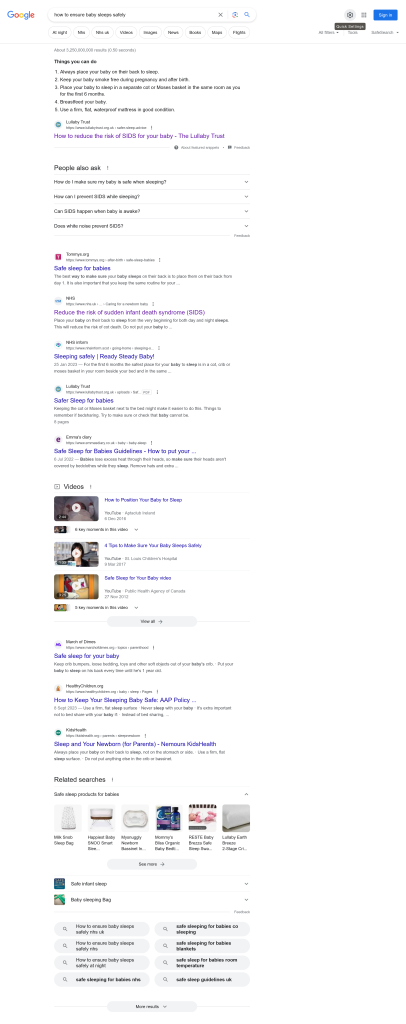
Now, the Lullaby Trust is a genuinely amazing and helpful organisation. But when you start to ask for practical information, they start to slip down the results and information starts to come from more from commercial entities and bloggers with commercial interests.
Enter questions about tog and clothing like “baby sleep bag tog clothing guide UK” and the majority of results will be commercial in origin with something like the Lullaby Trust wedged far down in the results.

This heavy bias in information sources exists for many, in my opinion, common parenting questions new parents may ask. Weaning is even worse when it comes to sources and their trustworthiness.
Raised through threads on Netmums and Mumsnet
Perhaps the worst and most persistent source of information that crops up during search often comes from the Netmums and Mumsnet forums. Mums predominately in the UK, ask all sorts of questions about their little ones, with the age of these questions and advice ranging from recent years to more than ten years ago.
It’s the freshness of this parent-to-parent advice that is a huge concern. Critically, advice from groups like the NHS about what are correct and safe ways to do various baby-related things changes over time. And then it takes a long time for this new information to be disseminated across communities.
For example, not long before my youngest brother was born in the early 2000s, the recommended age for weaning changed. In 2003, the World Health Organisation and NHS changed their recommendations on feeding and said that babies should be exclusively breastfed until they were six months old. Then from six months of age, you could start introducing your baby to solid food (this advice remains in place at the time of writing).
And while in this instance I have not encountered decaying forum discussions on weaning, I have found conversations from 2009 on Netmums around issues like baby formula and whether to switch to follow-on milk at six months of age.
What’s the official advice here at the time of writing? To quote the NHS:
Follow-on formula is suitable from 6 months, but ask a health visitor for advice first.
Follow-on formula should never be fed to babies under 6 months old.
Research shows that switching to follow-on formula at 6 months has no benefits for your baby. Your baby can continue to have first infant formula as their main drink until they are 1 year old.
The labels on follow-on formula can look very similar to those on first infant formula. Read the label carefully to avoid making a mistake.
NHS England
But perhaps worse still is the industry of mummy/mommy bloggers who have set up shop online to offer advice without full fact-checks, and the advertisers that make these blogs profitable.
Gambling with advice
Earlier this year it was reported by The Guardian newspaper that gambling firm Coral had paid for advertisements on various mummy and parenting blogs.
The advertisements put out were squarely aimed at new parents, presenting gambling in a light that broke the guidelines set out by the Advertising Standards Authority (ASA) in the UK on how to advertise gambling. As highlighted by The Guardian:
One post, ostensibly about baby food recipes, said: “If as a mum you can’t leave the house, then why not consider bingo online?
“You can click here to play Bingo online at Coral – this momentary break from childcare can prove beneficial.”
The Guadian, Gambling firm allegedly paid blogs to link new mothers to its online games, 14 May 2023
Personally, I don’t encounter many ads on people’s blogs because of my browser setup, but this incident is not exactly encouraging me to allow these bloggers to get ad revenue from me. On a related note, I don’t have any control over the ads that appear on this blog, but the people involved in this Coral scandal did.
As for the information itself on these blogs, well, once you get outside the realms of suggestions for sleeping and feeding schedules, or salt-free weaning recipes, things can get interesting, especially when you’re in the market for something.
Is this the right thing to buy? Is it even safe?
Due to the very big issue of fake and dangerous goods on Amazon UK and their dominance in online shopping, my desire to buy as little as possible through them, and the demise of Mothercare on the British high street (Mothercare in the UK is now owned by Boots and a ghost of its former self, with few places showcasing larger items like pushchairs): buying things for your baby, safe things, is quite hard.
It’s even harder when you’re not rolling in money and can’t just go to whatever bougie baby shop you find in-person or online and drop money on whatever overpriced thing you need.
And things are complicated further when you don’t know if something is the right thing to buy or ultimately safe.
Take baby carriers. There are plenty of these for sale online which don’t enable babies to have nice “froggy legs” or an “m shape” as described by baby-wearing experts. The reason for wanting your baby’s legs to be able to get into this shape is to help prevent hip issues. But lots of carriers are sold where they don’t promote that shape.
But the best place to get sling and carrier advice for babywearing is to see if your local area has something like a sling library with regular meetups. Apart from often letting you rent slings or carriers before you decide to buy one first or secondhand, sling meetups organised by groups like the St. Ives Sling Library (they’re local to Cornwall) normally have people trained in baby-wearing best practices and they can help you figure out how to safely do babywearing.
But nearly everything I have described here can be found on the open internet. The biggest source of information that is a f**king mess is Facebook groups.
Facebook groups are awful
Often private, the information exchanged between parents in these groups varies in quality from repeating the line of local health authorities to, well, you know, why we have so much hesitancy now about inoculating children against life-threatening and disabling diseases. I have actually stayed away from joining a lot of groups because the rules don’t state whether they allow or disavow such crackpot parenting advice.
And yes, books are still a thing
Parenting books are still a thing. Again, though, finding ones that have safe and up-to-date information is hard. I have got a few, but I have to take the information contained within with a pinch of salt much of the time.
What about tog versus clothing versus room temperature?
Okay, okay. So to answer that question, I suggest you check to see if the manufacturer of your baby’s sleeping bag has a clothing guide for sleeping bag tog versus room temperature.
Mine does and they also handily sell their sleeping bags with guides you can keep and reference. With the last lot of sleeping bags I bought, I cut out these handy guides and kept them near my baby’s room thermometer so that I could reference them at bedtime.
But mark my words, all, information for new parents is a f**king mess.

